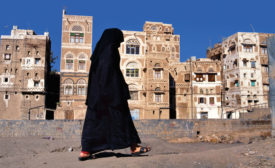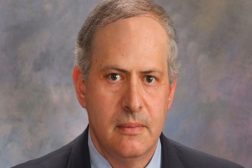Articles by Dean C. Alexander
International Fighters Flock to High-Risk Battlegrounds
The Syrian civil war has resulted in the deaths of 150,000 people, more than 500,000 injured and millions displaced internally and outside Syria.
September 1, 2014
Accounting for Local Hospitals in Emergency Preparedness
Hospital Incident Command Systems (HICS) are a component of security and emergency management that is often overlooked in many of the disaster plans in the United States.
March 1, 2014
How Female Terrorists Use Preconceptions to their Advantage
Male terrorists tend to get most of the press, but terrorist cells are recruiting more women, often due to security forces considering them less suspicious.
September 1, 2013
Sign-up to receive top management & result-driven techniques in the industry.
Join over 20,000+ industry leaders who receive our premium content.
SIGN UP TODAY!Copyright ©2024. All Rights Reserved BNP Media.
Design, CMS, Hosting & Web Development :: ePublishing





